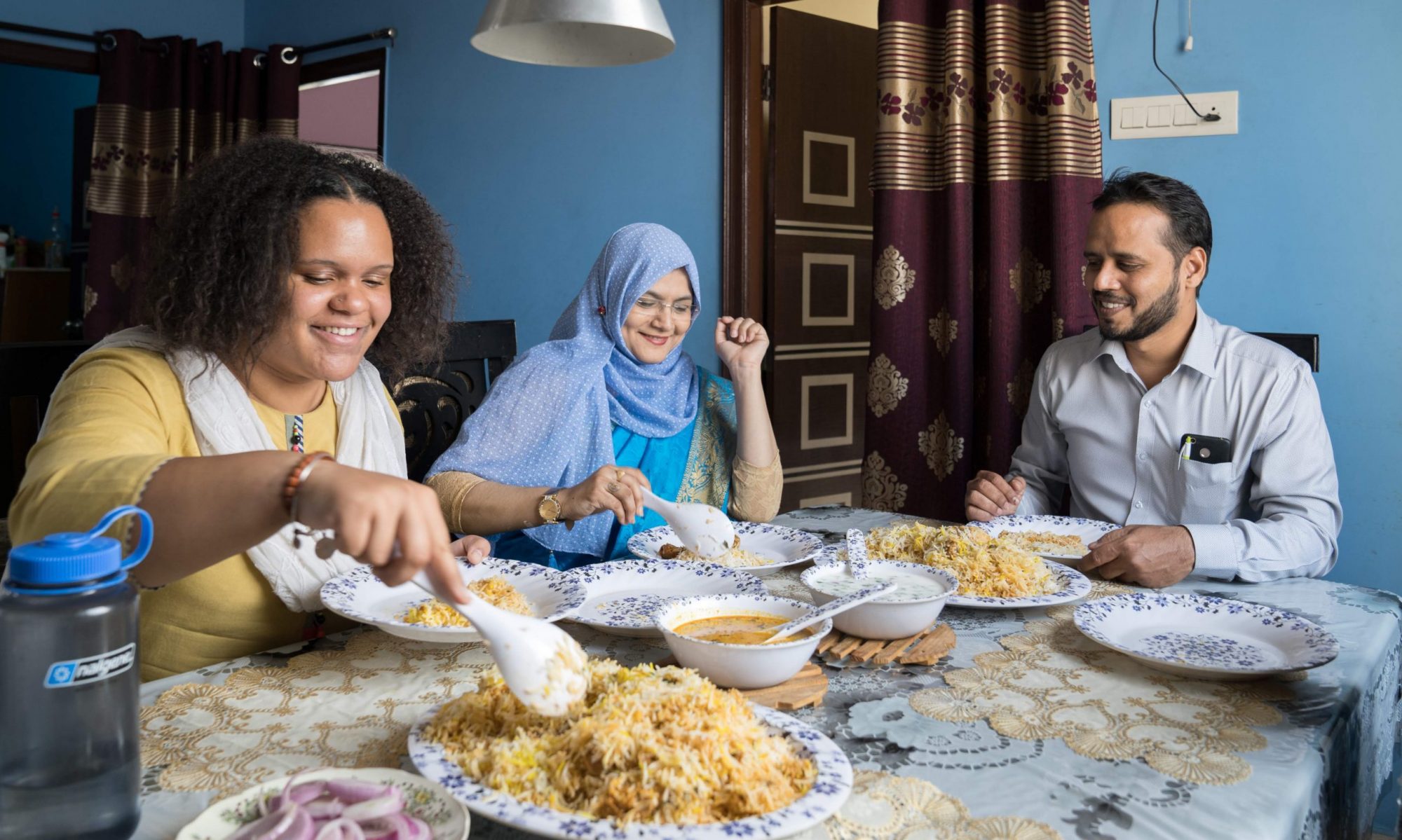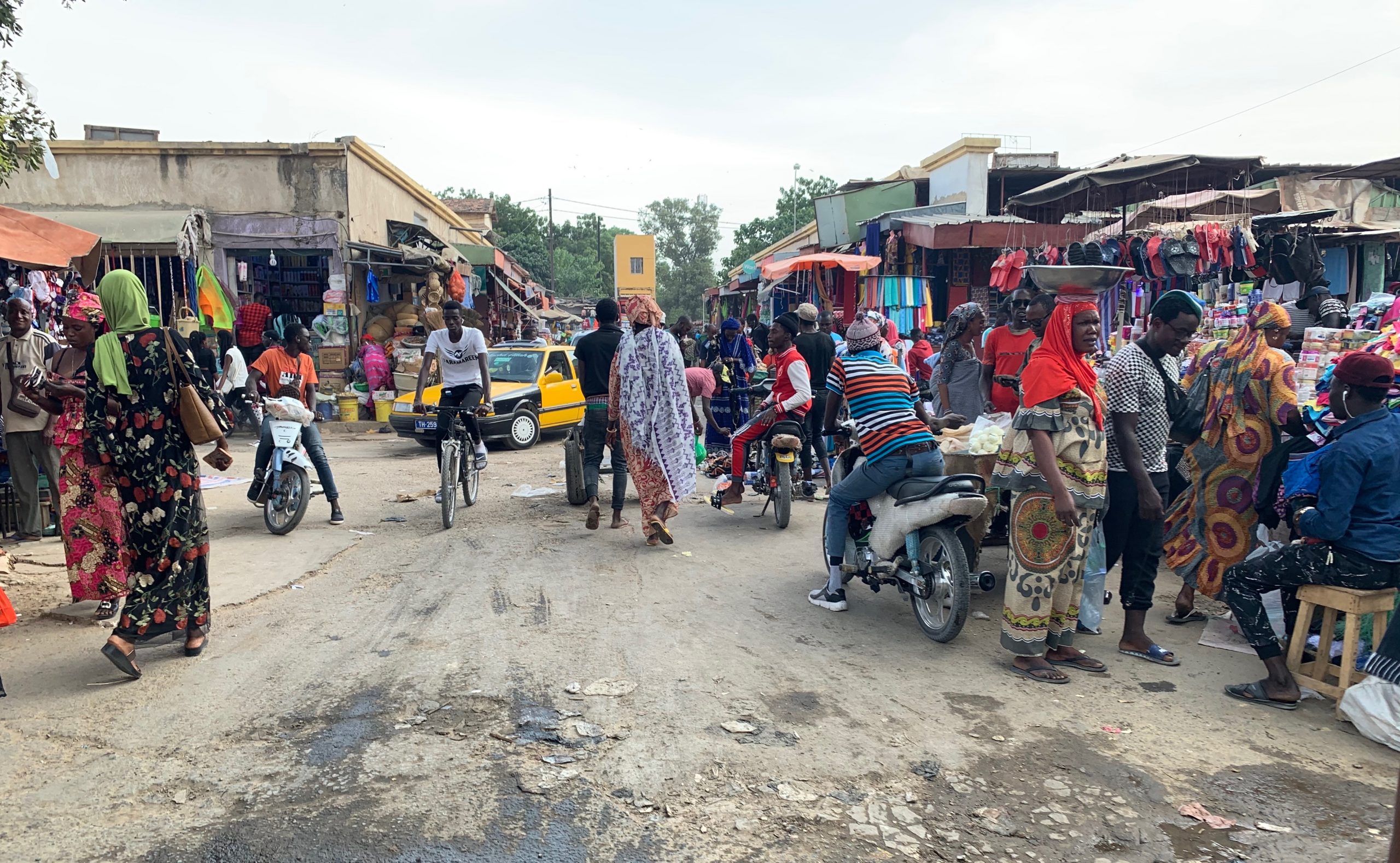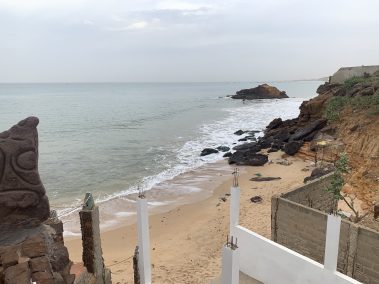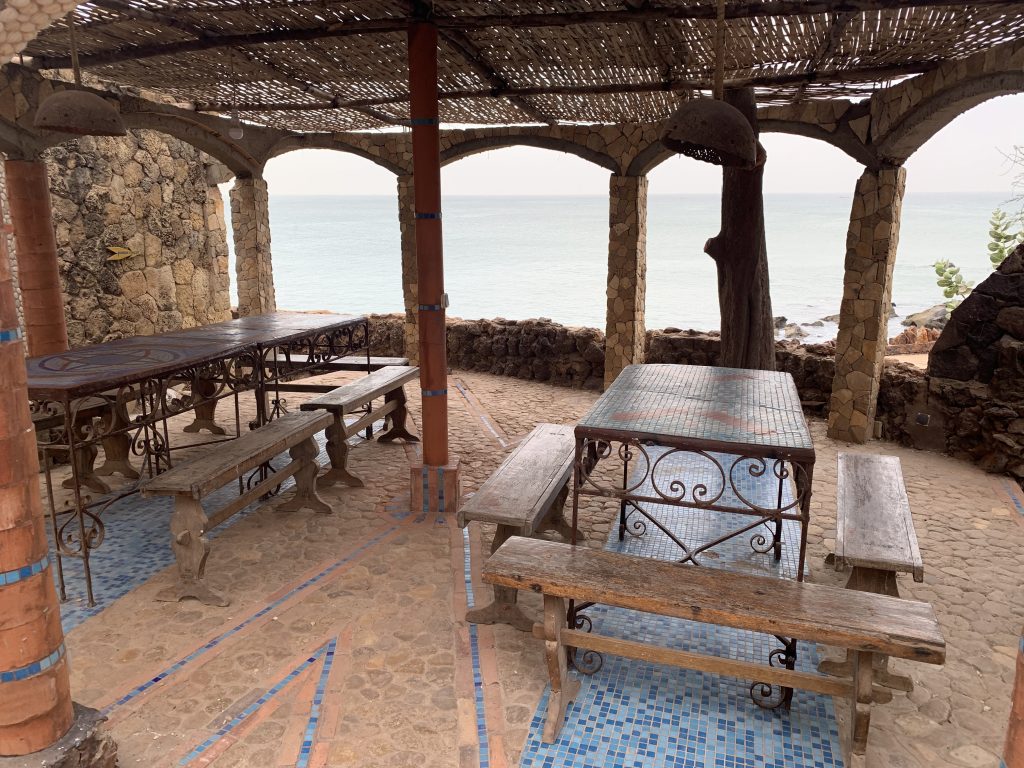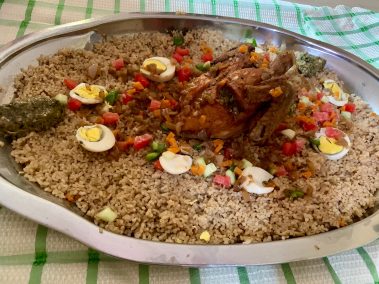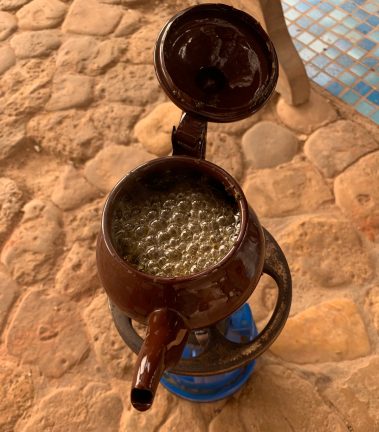By Madeleine, Tufts 1+4 Participant

Being from a small town, the longest daily commute I had faced was the ten-minute bus ride to school in junior high. Now, my daily commute involves two buses and over two hours round trip to and from my internship. When I first began riding the bus alone, I was a little nervous about navigating the bus system efficiently, and for good reason- the number of times I’ve had to give up on the bus system and Uber for at least a part of the trip is embarrassing. Beyond the complicated bus routes, however, I was nervous about being bored senseless during the ride. On my first few times riding the bus alone, I downloaded movies to watch, wanting to enclose myself in a bubble of entertainment and familiarity. One day, my bus was overcrowded, and I had to stand, as there were no more seats left to take. When I’m standing on the bus, I usually don’t like to hold my phone, because the often bumpy ride can make me drop it, and since I hold on to a railing or post anyway, I don’t have a free hand. So, there I am, sandwiched between a few others, and through the crowd of people, I noticed a baby staring at me, wide-eyed and adorably fascinated. I stuck my tongue out at her, a simple way to charm most infants. After about a minute, she stuck hers out at me, as if she was proud to have gained a newfound knowledge. Her mother’s eyes widened and she smiled warmly, telling me that was the first time her baby had done that. From then on, I made a more conscious effort to be more present with the people around me on the bus, even if they were strangers, because even a small interaction like this one was so much more valuable than another minute scrolling through social media.
A few days ago, I was sitting next to a girl about my age reading a book so thick that she almost struggled to hold it open. Though I couldn’t see the cover of the book, I glanced over to see if I could follow along and, noticing the names Bill and Eddie, thought, “Oh, wouldn’t it be funny if she were reading ‘IT’ in Spanish.” Then, I began reading along, and saw several mentions of a “payaso,” which means “clown.” I debated for a minute whether I should venture into conversation with her, since I’m not really one for talking with new people, much less in a language other than my native tongue. I recalled how my interaction with the mother and baby before had sparked joy on the dreary bus ride, and I eventually mustered the courage to ask her, “Estás leyendo ‘Eso’?,” to which she responded, “SíSíSí! Es uno de mis favoritos!” My Maine-raised heart skipped a beat, pounding with excitement to have found a connection with someone, especially a connection over something so important to me such as my home state. I told her that I grew up in a town not far from the place where the book is set, and she began enthusiastically inquiring about the settings of Stephen King’s other books, prompting a fun and unexpected conversation discussing his literature. When the bus arrived at her stop, we shared our social media information, and as she walked away, she turned to smile and wave goodbye. Afterward, I felt so rewarded – because I had been present during what I thought would be a painfully mundane hour, I had been able to form a friendship.
Taking the bus every day can be boring, don’t get me wrong, but, I have found that being involved in my surroundings has allowed me to learn more about the people of Montevideo. I no longer “give up” when I face boredom during my commute, succumbing to the bubble of entertainment that my phone gives me. I have found that leaning into the boredom allows me to be with those around me, even strangers, and I have found those experiences so much more rewarding. Through my many trips on the bus, I have been able to make unlikely connections, and I feel lucky that I can continue to explore Montevideo in this way.
